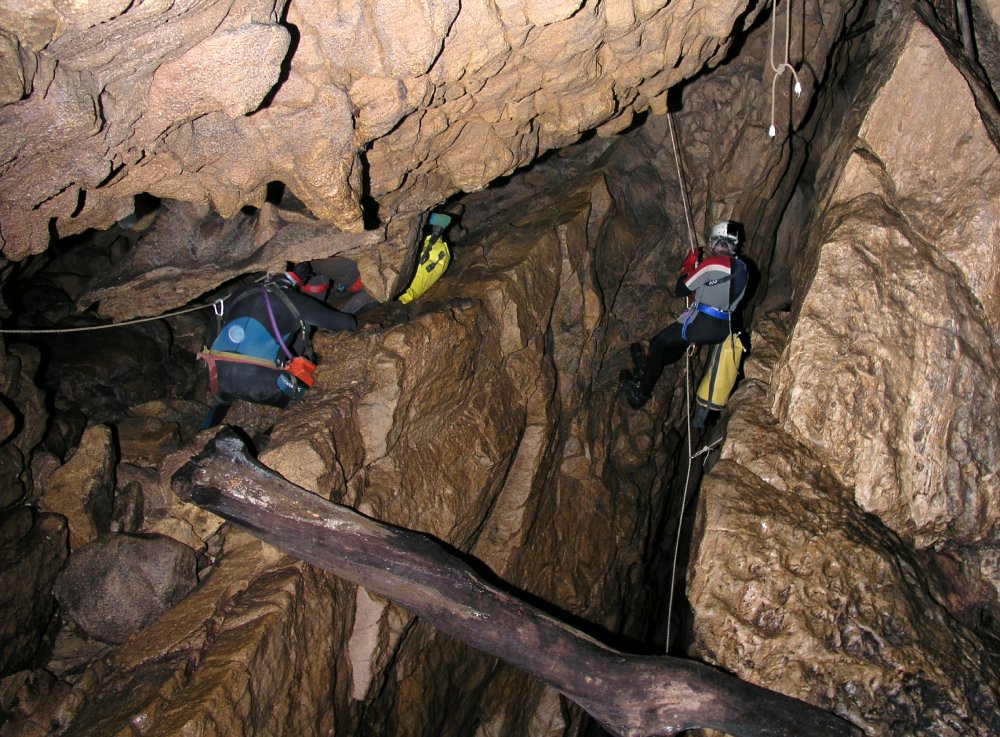Exploring damp, dark spaces beneath the earth is not the only aspect of caving, also known as spelunking. It’s an exhilarating journey that pushes and tests your boundaries. By using cutting-edge and advanced caving techniques, this adventure can be elevated from a basic caving experience to a daring exploration of uncharted territory. These methods entail applying expert skills, comprehending intricate cave systems, and employing specialized equipment to navigate and survive hazardous environments.
However, exploring more advanced caverns can present its own set of challenges. For example, it can be intimidating for individuals who are new to the sport to learn these techniques because they frequently need a lot of practice. Furthermore, without the right assistance, the intricacy of advanced techniques could seem overwhelming. But do not worry! These obstacles can be overcome and you can develop into a proficient caver with the correct planning and knowledge.
We’ll delve into advanced caving techniques in this post, discussing how they can improve your caving experiences and providing step-by-step instructions to help you become proficient. This guide will offer you useful insights and useful tips regardless of your level of experience as a caver—whether you’re a novice keen to learn or an experienced one looking to hone your craft.
Understanding Advanced Caving Techniques
What Are These Techniques?
Advanced caving techniques refer to specific methods and abilities that are employed to navigate increasingly intricate and demanding cave systems. These methods require complex movements, the use of cutting-edge equipment, and a thorough comprehension of cave dynamics; they go beyond simple caving. They support cavers in handling steep descents, navigating challenging terrain, and maintaining safety in erratic circumstances.
Why Are They Important?
Gaining proficiency in more complex methods is essential for exploring harder caves. It ensures safety and effectiveness during exploration by enabling cavers to access areas that would otherwise be inaccessible. Without these abilities, you may find it difficult to navigate hazardous situations or difficult cave formations. With fewer risks, you can explore deeper, more intricate caverns thanks to advanced techniques.

Step-by-Step Guide to Advanced Caving Techniques
1. Vertical Climbing Techniques
Vertical climbing is a key aspect of advanced caving. To master this, you’ll need:
- Harness and Rope Setup: Use a climbing harness and a sturdy rope. Make sure the harness fits snugly and the rope is securely anchored.
- Ascenders and Descenders: Use ascenders to climb up and descenders for rappelling down. Practice these techniques in a controlled environment before applying them in a cave.
- Safety Checks: Regularly check your equipment and techniques. Ensure everything is in working order before you start your climb.
2. Navigating Complex Cave Systems
Complex cave systems require a strategic approach:
- Map Reading: Study cave maps thoroughly. Understanding the cave’s layout helps you plan your route and avoid getting lost.
- Route Planning: Plan your route based on the cave’s map and your skill level. Avoid routes that exceed your abilities.
- Communication: Maintain clear communication with your team. Use radios or signals to stay connected, especially in larger caves.
3. Handling Cave Water Systems
Water systems can add another layer of complexity:
- Flood Awareness: Be aware of the cave’s flood risk. Avoid entering caves during or after heavy rain.
- Waterproof Gear: Use waterproof clothing and gear to stay dry. This is crucial for maintaining warmth and avoiding hypothermia.
- Crossing Techniques: Learn techniques for safely crossing water obstacles, such as using ropes for stability.
You Might Like to Know
What Technology Is Used in Caving?
Modern caving technology includes GPS devices, headlamps, and cave mapping software. These tools help cavers navigate, map, and explore caves safely. Additionally, advancements in gear such as lightweight ropes and harnesses have improved safety and efficiency.
Why Do People Do Extreme Caving?
Extreme caving, or cave diving and exploration, offers a unique thrill and challenge. It allows adventurers to push their limits, discover unexplored areas, and experience the beauty of hidden underground worlds. The excitement of overcoming challenges and the allure of discovering new environments drive many to pursue extreme caving.
What Skills Do You Need for Caving?
Key skills for caving include physical fitness, climbing techniques, navigation, and safety awareness. Being able to handle equipment, understand cave formations, and respond to emergencies is also crucial. These skills ensure a safe and enjoyable caving experience.
What Are the Levels of Caving Difficulty?
Caving difficulty levels range from beginner to expert. Beginner caves are typically easy to navigate with minimal technical requirements. Intermediate caves may involve vertical climbs or complex navigation. Expert caves present significant challenges, including extreme vertical drops, tight passages, and technical climbing.
Conclusion
Advanced caving techniques open up new worlds of exploration and excitement. Mastering these techniques enhances your ability to explore challenging cave environments safely and effectively. With the right skills, preparation, and equipment, you can tackle more complex cave systems and fully experience the thrill of caving.
By mastering and putting these cutting-edge methods into practice, you can enhance your abilities and build your self-assurance in managing challenging circumstances. Recall that patience and practice are essential. You’ll discover that advanced caving becomes an exciting and fulfilling aspect of your caving adventure as you continue to refine your techniques.
Read about the beginner caving techniques.
